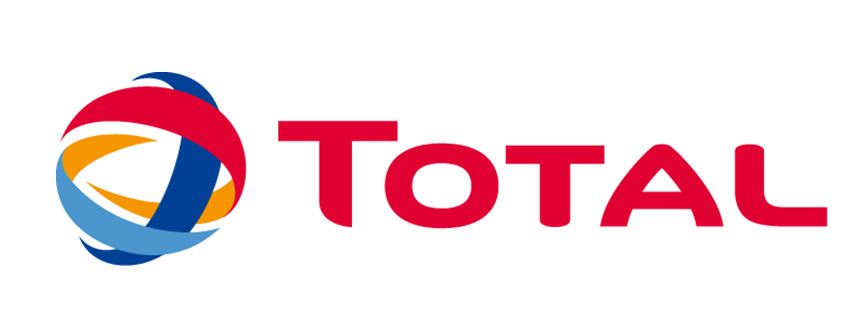Development of New Solvents for CO2 Capture Using Molecular Simulations
DATE
March 23, 2021
TIME
8:00 a.m. PDT / 11:00 a.m. EDT / 15:00 GMT / 16:00 CET - Duration: 60 Minutes
Overview
Tertiary amines are attractive for industrial CO2 capture because they tend to be more energy-efficient and show a higher CO2 absorption capacity than other amines. One of the current challenges in the CO2 capture industry is identifying tertiary amines with a higher CO2 absorption rate, which is their main weakness. Understanding the relationship between amine structure and properties and CO2 absorption rate is required for efficient amine screening. Despite numerous attempts, including the application of machine learning tools, this goal has been elusive.
Join Frédérick DE MEYER from Total S.E., who has worked with Materials Design Inc. on developing a computational approach based on molecular modeling to predict the CO2 absorption rates in aqueous tertiary amines. The predictions are validated using experimental data. The key to the new model’s excellent accuracy is to include the solvation effects in the computation of the free energy barrier for the reaction of CO2 absorption. The approach is currently being used by Total to guide the experimental screening of amines.
Brought to you by:
Speakers
 Dr. Frédérick de Meyer
Dr. Frédérick de MeyerR&D Leader for CO2 Capture,
Total S.E.
 Dr. Erich Wimmer
Dr. Erich WimmerChief Scientific Officer,
Materials Design, Inc.
 Catherine Dold
Catherine DoldHealth & Environment Writer,
C&EN Media Group
Registration
*By submitting this form, you agree to the American Chemical Society (ACS Publications) emailing you more information on related products and services. ACS takes your privacy seriously. For more information, please see the ACS Privacy Policy.
© 2025 American Chemical Society, 1155 16th St NW, Washington, DC 20036, USA. View our Privacy Policy


